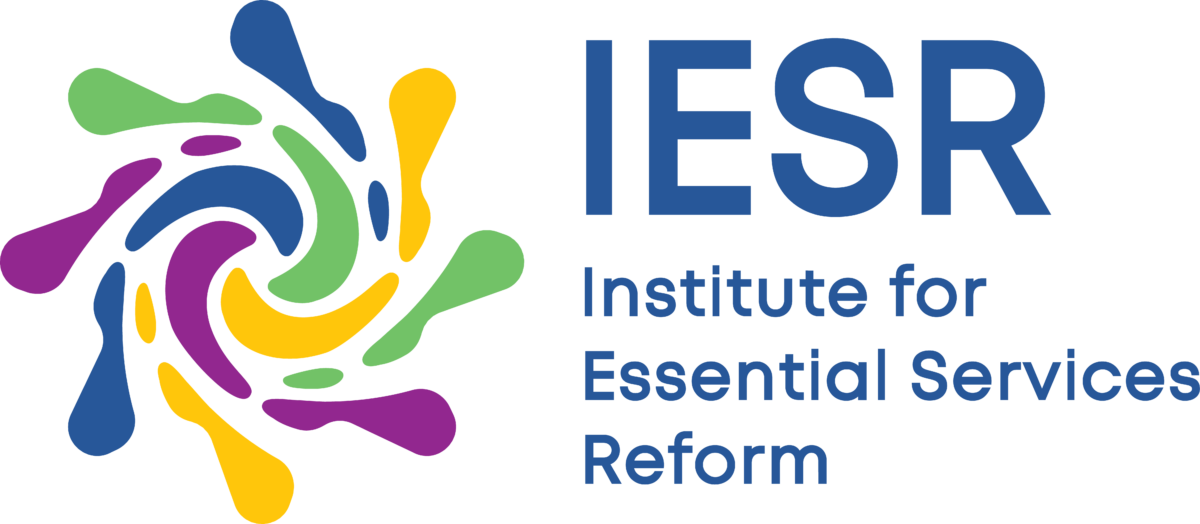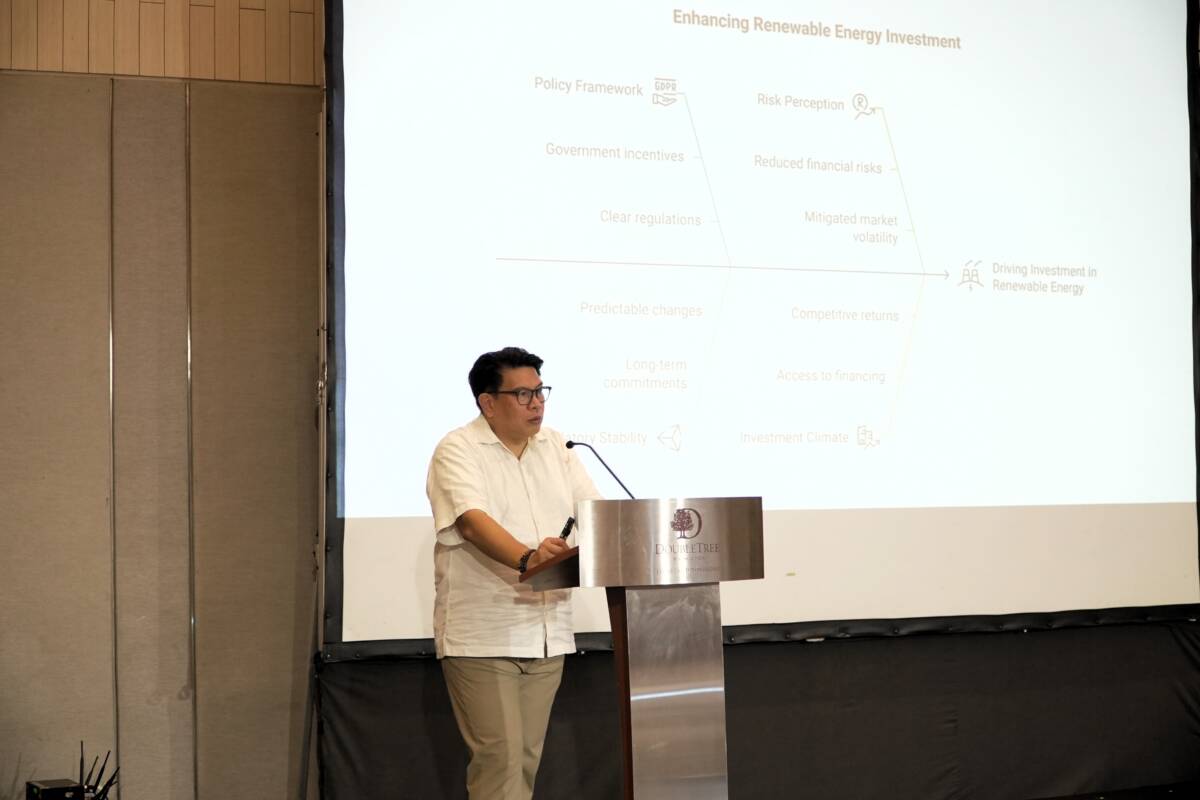Jakarta, March 27, 2025 – Utilizing green hydrogen will help Indonesia achieve its net zero emission (NZE) target by 2060 or sooner through its use in the electricity, industrial and transportation sectors. Green hydrogen production will accelerate the development of renewable energy generation and support mitigation strategies in user sectors where emissions are difficult to reduce, such as intensive industries and long-distance transportation. For this reason, the Institute for Essential Services Reform (IESR) encourages the government to increase production and create a market for the use of green hydrogen.
Price is a challenge for green hydrogen adoption in Indonesia. IESR Executive Director, Fabby Tumiwa, explained that currently the production cost of green hydrogen ranges from USD 3.8-12/kg, about four times more expensive than gray hydrogen from natural gas. To encourage the utilization of green hydrogen, the price must be reduced in the next five years.
According to Fabby, there are three factors that will increase the competitiveness of green hydrogen. First, the production technology is maturing. Solar and wind plants are getting cheaper in electricity prices, as well as electrolysis technology, thus lowering the price of green hydrogen. Second, global investment in green hydrogen continues to increase. In 2020, globally, about 102 clean hydrogen projects reached final investment decisions, with a value of about USD 10 billion. By 2024, investment increased to 434 with a value of USD 75 billion. Third, green hydrogen provides economic benefits, such as job creation and improving energy security. Besides being able to replace gas and coal as an energy source, hydrogen also has the potential to become an export commodity and contribute to the country’s foreign exchange.
Fabby said at the Indonesian Green Hydrogen Community (KH2I) Discussion: Realizing Green Hydrogen Ecosystem in Indonesia, currently the main demand for hydrogen comes from industrial sectors such as chemicals and steel. However, along with the ambition to reduce emissions to keep the earth’s temperature rise at 1.5 degrees Celsius, hydrogen demand will come from more diverse sectors, including new technologies in the steel industry, aviation and marine fuels, power generation, and land transportation. In fact, Fabby explained based on Deloitte data, the hydrogen export market in Southeast Asia is expected to reach US$51 billion by 2030, US$79 billion by 2040 and US$141 billion by 2040.
IESR believes that with Indonesia’s renewable energy potential of more than 3,686 GW and a target to achieve decarbonization by 2050, the development of green hydrogen can drive high economic growth and low emissions. Based on IESR’s latest study, the potential of renewable energy projects that can be developed and are financially feasible is 333 GW. The potential of viable renewable energy projects spread across Indonesia can be utilized to produce green hydrogen if the electricity cannot be absorbed by PLN.
“The government is expected to set a target for green hydrogen development in the next five years with the target of increasing production and market creation, as well as the target of reducing the cost of green hydrogen production below USD 2/kg. Its achievement must be supported by a policy framework and fiscal and financial incentives for green hydrogen production and users,” Fabby said.
To attract investment in green hydrogen, an ecosystem that supports the implementation of the National Hydrogen Strategy (SHN) is needed. Therefore, IESR, with the support of the British Embassy in Jakarta through the Green Energy Transition Indonesia (GETI) project, initiated the formation of the Green Hydrogen Community of Indonesia (KH2I).
Erina Mursanti, GETI Project Manager, explained that KH2I will play an active role in supporting the development of green hydrogen in Indonesia.
“KH2I focuses on building a network of green hydrogen experts and activists, initiating research to strengthen policies and regulations, and the application of green hydrogen production technology. In addition, increasing the understanding of stakeholders and the public through the provision of information,” Erina said.
Therefore, GETI will build a green hydrogen communication platform and hold regular meetings with stakeholders and provide policy recommendations to the government to accelerate green hydrogen development. For the business world, KH2I will bridge the information needs of the hydrogen market by bringing them together with global hydrogen players. IESR opens the opportunity for parties who share the same mission and commitment to join KH2I through the link s.id/KomunitasHidrogen.
Furthermore, IESR encourages the acceleration of the green hydrogen ecosystem in Indonesia with six steps. First, formulate a national hydrogen strategy along with a green hydrogen development roadmap as a foundation for long-term policy direction in the low-carbon energy transition. Second, set the right policy priorities to increase the price competitiveness of green hydrogen, to make it more competitive than conventional energy sources. Third, develop a cross-sectoral governance system and supporting policy framework to create an ecosystem conducive to the utilization and development of green hydrogen.
Fourth, establish a certification and traceability of origin (guarantee of origin) system for green hydrogen, which can ensure transparency, integrity and acceptability in the international market. Fifth, encourage cooperation between countries as part of a global strategy to accelerate energy system transformation and open up low-carbon energy trade opportunities. Sixth, strengthen synergistic domestic collaboration between the government, private sector, and research institutions, in order to encourage innovation, investment, and comprehensive implementation of hydrogen technology.
Coordinator of Services and Supervision of Various Renewable Energy Businesses of the Ministry of Energy and Mineral Resources, Muhamad Alhaqurahman Isa, revealed that his party is currently finalizing a national hydrogen and ammonia road map containing implementation strategies, action plans, evaluation and supervision. He said the road map is planned to be launched in April 2025, during the Global Hydrogen Ecosystem Summit (GHES) 2025.
In encouraging the development of green hydrogen in Indonesia, IESR is also sponsoring the implementation of GHES 2025 and will present on the green hydrogen ecosystem in this event.

